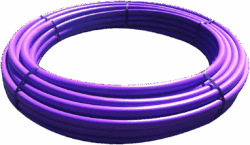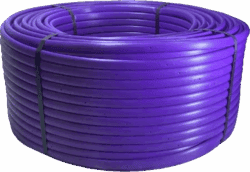
Product Description
High Quality Metal Lilac Recycled Water Sign for the tap, made from Colorbond steel and it won’t fade in the sun
92mm x 70mm Colorbond Recycled Water Tap Sign (Lilac)
| SPECIAL 92mm x 70mm Colorbond Recycled Water Tap Sign (Lilac) SKU: RTA-SIGNTAPRECYCLILAC |
$5.95 |
Product Description
High Quality Metal Lilac Recycled Water Sign for the tap, made from Colorbond steel and it won’t fade in the sun





Product Specifications
| 92mm x 70mm Colorbond Recycled Water Tap Sign (Lilac) | |
|---|---|
| Product Type | Sign |
| Product Material | Steel |
| Product Colour | Purple, White |
Customer Reviews
Tank Water Signs FAQs
The size of your tank shouldn’t be determined by either of those things as we’ll never know how long it could be between rain events. So we always recommend looking for the biggest tank you can reasonably fit into your yard & one you can reasonably afford.
Concrete Slab
The no-compromise solution to base construction is a reinforced 100mm concrete slab. A slab can be square or round. The base should always be 100mm larger than the diameter of the tank. Prior to pouring the slab, ensure the ground has been 100% compacted. Your base will be compromised if soil has not been compacted and will affect your tank guarantee.
Crusher Dust/Sand
A crusher dust/sand base is considerably cheaper than a concrete slab, but may need to be augmented over time. Heavy rain falls can erode a crusher dust base and may cost you extra if it needs to be repaired. It’s best to use treated pine sleepers, screwed together at the ends to create a retainer for the crusher dust/sand but many other materials are appropriate. Ensure base is compact and sturdy prior to laying down the crusher dust/sand. Base should be anywhere from 25mm to 50mm high when compacted. Crusher dust or sand is available from any landscape material suppliers.
Pre-Cast Concrete Slabs
- A series of pre-cast concrete slabs or pavers on a sealed bed of sand makes an appropriate base for a slim cylinder tank or a tank stand.***Please note that all Wall tanks must be on a concrete base for safety.
- Prepare a flat area for your tank. Clear an area that is 300mm wider than the diameter of your tank.
- Make sure the ground is 100% compacted and that there are no rocks, stumps, tree roots or anything else that could affect/damage the base of your tank and void your guarantee.
- Place sand on base. Put in a bed of sand (packing or river sand) about 25mm to 50mm thick. Bluestone dust is also acceptable, just ensure it is well packed down.
- Flat & Level. Make sure your base is flat and level so that the base of the tank is fully supported.
- Tank delivery. Once the tank is delivered and fitted, put either sleepers, pavers or bricks around your site and box the sand in. This is important, as it keeps your base stable and prevents the sand from washing away.
There are a few factors to consider when buying your first tank. You many want to consider the following:
- What is the tank being used for?
- Where will I put the tank and how much room do I have?
- How will I put the tank into position? (consider fences and driveway access)
- How much water can I catch off my roof?
- What is my budget?
Rainwater is harvested from roofs, channelled down gutters and through downpipes. These surfaces can also catch dirt, dust and insects that can be captured in your water tank through the water collection process. Leaf strainers, gutter guards and water diverters all provide protection against dirt and dust entering your tank.
Over a period of time, your water tank will build up sludge and muck that sits on the bottom and the walls of your water tank (especially if it has corrugated walls). There are many things which contribute to this such as:
- wood fires (smoke can settle on your roof)
- high tree areas (sticks and leaves can fall on your roof)
- high traffic areas (polution from traffic can settle on your roof)
- some new roofs (they have a clear film which eventually wears off)
- Animals (dead possums, birds, mice etc)
- Mosquitos (which can lay eggs and breed)
- Eucalyptus (from over hanging trees) etc
It is recommended that you clean out your tank regularly every 2-3 years to avoid such issues occuring.
Straight (smooth sided) water tanks are the easiest to clean. How do you clean your tank?
- Once the tank is empty, spray down the inside of your water tank with a hose.
- Use a medium bristled broom to scrub down the walls. (do not use chemicals)
- Give the wall a final rinse and wash any muck out through the outlet.
- Your tank is now right to fill again.
You might also need...
Need more help with Tank Water Signs ? Check out these handy resources from our Help Centre











